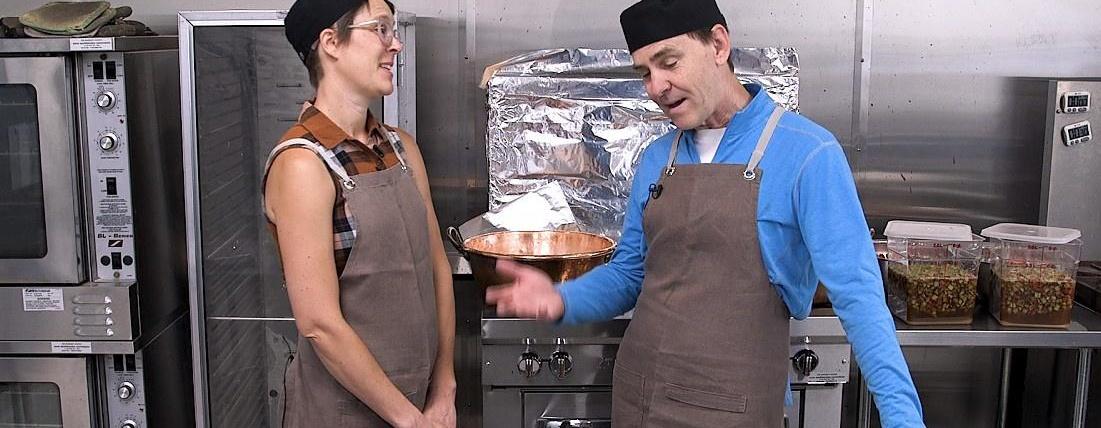Don't Throw Out The Extra Fruit From Your Garden, Make Jam Instead!
We at Modern Gardener wanted to create a guide to making jam that our fans could use to preserve the hard-earned fruits and vegetables growing in their gardens. We went looking for some experts to help us and were lucky enough to strike up a fast friendship with the shop owners and master jammers at Amour Café.
John and Casee Francis are the owners and operators of Amour Spreads and now, Amour Café. They started making jam about eight years ago from wild thimbleberries they foraged on the mountainside. Their first batch made roughly 300 jars of jam that they had to give away to friends and family. By all accounts, the thimbleberry jam was a hit. In 2011 they started Amour Spreads and won the 2016 National Good Food Award for their blackberry jam.
Jam Prep Is Next To Godliness
Jam making is messy and hot, so John has a few tips about preparing yourself and your work area in the kitchen. When the jam is in its last stages of boiling, it will likely splatter in every direction. In the jam kitchen at Amour Café, John prepares the stove and cooking area by covering unused burners and the stove backsplash with aluminum foil that can be quickly removed for easy cleanup. He also keeps wet rags on the floor in front of the stove, so that he can wipe up jam that splatters on the floor. This will keep him from tracking sticky jams throughout the cafe.
When making jam at home, take care to protect yourself. Wear a long apron and long sleeves to protect your skin from serious burns.






